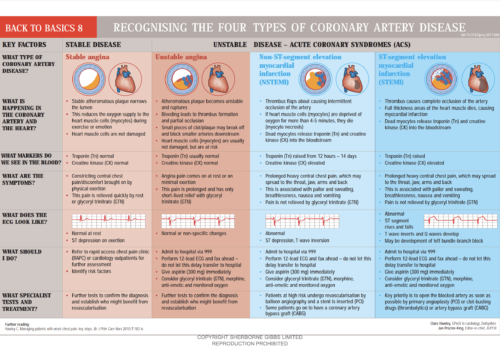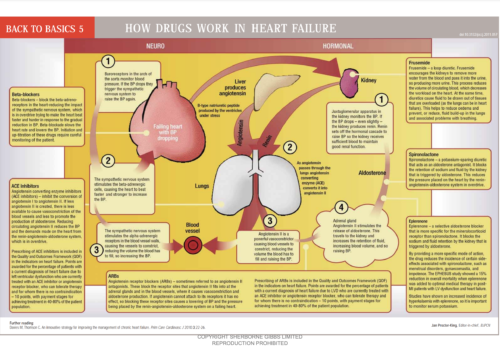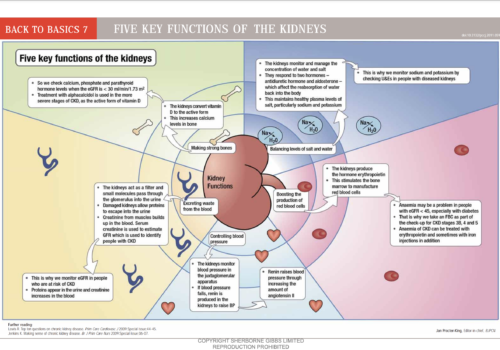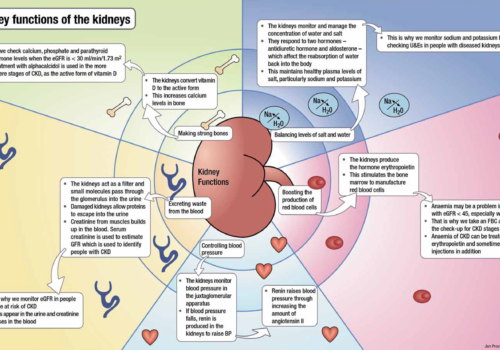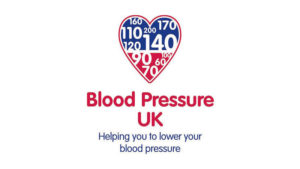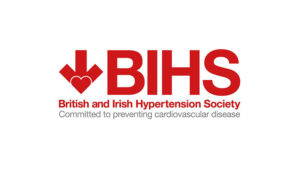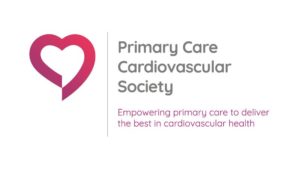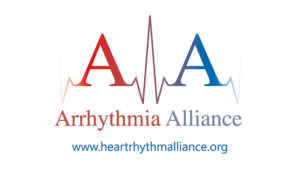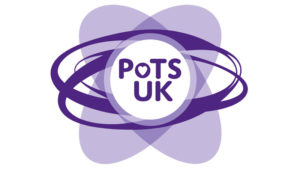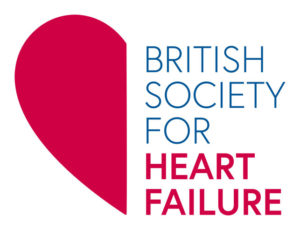There are 28 cardiac and stroke networks in the country. They play an important part in implementation of national strategies, enabling high-quality services to be planned and delivered to patients within the framework of primary and community care. One of the most useful contributions of the networks is provision of education and training for primary care staff. The “Back to Basics” material in this supplement forms the backbone of what is presented at study days. The articles cover some of the most common cardiovascular conditions that are seen in primary care, showing clearly what causes the symptoms, how best to assess and manage patients, and how the treatments actually work. They help healthcare workers both to understand these conditions and to explain them to patients, and therefore really improve patient care.
Editorial
This educational supplement is brought to you by the Cardiac and Stroke Network. What is this Network, and how can it further support your education and development?
Editorial
Chronic kidney disease (CKD) has shot up the primary care agenda over the last few years, and is now well recognised as an independent risk factor for cardiovascular disease (CVD). At the same time, CVD is a risk factor for progression of CKD. The close links between CKD and CVD mean we have to get to grips with assessing patients’ kidney function and ensuring those with CKD receive the treatment needed to prevent progression. This special issue devoted to CKD is full of step-by-step guides and illustrated articles to help you get to grips with this important condition.
Editorial
The effective management of long-term conditions such as chronic kidney disease (CKD) is probably the single greatest challenge faced by the NHS. The population is growing and people are living longer. Every week, the life expectancy for a newborn baby in the UK increases by more than 24 hours. While this is, in part, testament to the success of our health services, it also places steadily increasing demands upon them. As the population ages, the number of people living with long-term conditions is predicted to triple by 2050.
Back to Basics: Recognising the four types of coronary artery disease
Back to Basics: How drugs work in heart failure
Back to Basics: Making sense of how antihypertensives work
Back to Basics: Five key functions of the kidneys
Understanding end-of-life care in advanced kidney disease
People with advanced kidney disease are required to make many choices about their treatment throughout the journey of this disease. Opting not to have dialysis or to withdraw from treatment is a difficult decision and there are many factors that influence patients’ decisions. For those who choose not to have dialysis, the implications need to be understood by the patient, their family and carers and healthcare professionals involved in their care. This article provides an update on this important issue to equip primary care professionals with a clear understanding of end-of-life care for patients with advanced kidney disease.
Making sense of chronic kidney disease
What exactly is chronic kidney disease (CKD), what causes it and how is it diagnosed? In this article we get down to the basics of defining what CKD is, and explore the stages of CKD. We review CKD progression and the assessment and management recommendations for each stage of CKD.
A primary care guide to chronic kidney disease
Chronic kidney disease (CKD) has shot up the primary care agenda over the last few years, and is now well recognised as an independent risk factor for cardiovascular disease (CVD). At the same time, CVD is a risk factor for progression of CKD. The close links between CKD and CVD mean we have to get […]
Feeling the pinch: the impact of weight loss surgery on cardiovascular risk
Weight loss (bariatric) surgery is becoming increasingly common as the obesity epidemic continues to flourish, and recent NICE guidelines have supported this approach. In this article, we review the procedures used in bariatric surgery, the impact on patients’ cardiovascular risk and type 2 diabetes, what the guidelines recommend and the long-term care of patients who have undergone this type of surgery.


